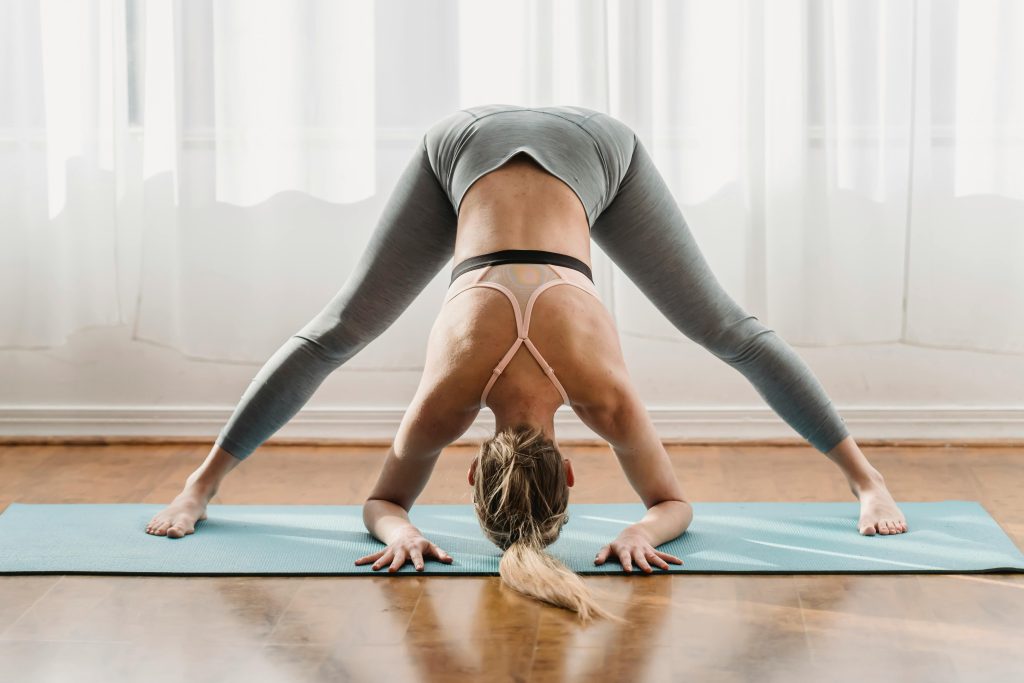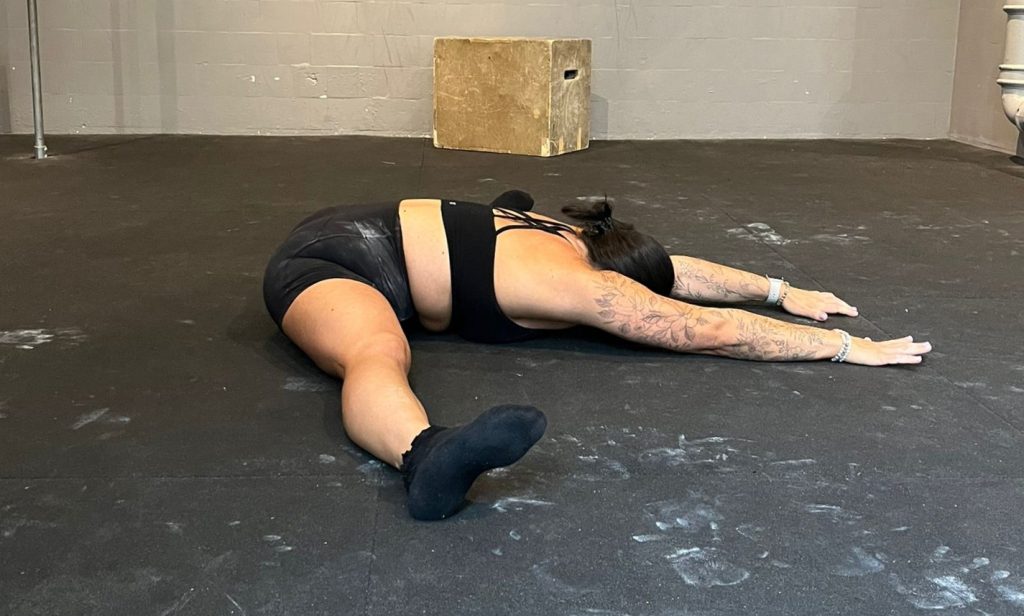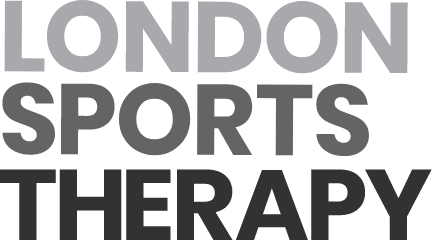Are tight hamstrings holding you back from reaching your fitness goals? If you’re experiencing discomfort, limited flexibility, or decreased performance due to tight hamstrings, you’re not alone. In this blog post, we explore the impact of tight hamstrings on your health and fitness journey, uncover the root causes, and provide practical strategies to help you overcome this common roadblock.
You don’t have to live with tight hamstrings! And more stretching (alone) isn’t always the answer. Ready to find out how you can take the first step towards improved flexibility and mobility?
Tight hamstrings?
If you’re reading this, you probably already know that the hamstrings are a group of muscles located at the back of the thigh and are crucial for movement, posture, and overall lower body strength. But did you know these muscles play a vital role in various movements, such as bending the knee, extending the hip, and stabilising the pelvis?
The expression tight hamstrings refers to a condition where the muscles at the back of the thigh are shortened, tense, and have limited flexibility. When these muscles become tight, they can restrict movement, hinder flexibility, and potentially lead to discomfort, pain, or even injuries.
What causes tight hamstrings?
Tight hamstrings are a common issue among athletes and individuals who engage in physical activities for several reasons:
- Overuse and repetitive movements. Athletes and active people often perform repetitive movements or exercises that strain the hamstrings, leading to muscle tightness over time. Activities like running, cycling, or weightlifting can contribute to muscle tension and limited flexibility in the hamstrings.
- Muscle imbalances. Imbalances between muscle groups, such as weaker hamstring muscles compared to quadriceps (quads) or hip flexors, can result in tightness in the hamstrings. Also, poor muscle coordination and disproportionate strength distribution can lead to increased stress on the hamstrings during movement, causing them to become tight.
- Inadequate warm-up and cool-down. Failing to warm up properly before physical activity or cool down afterwards can increase the likelihood of tight hamstrings. Insufficient stretching, improper movement preparation, or sudden transitions between activities can contribute to muscle stiffness and tension in the hamstrings.
- Poor posture and alignment. People with poor posture (such as excessive lower back rounding or pelvic tilt) may experience tightness in the hamstrings. Incorrect alignment of the pelvis and spine can create tension in the hamstrings, affecting their flexibility and range of motion.
- A sedentary lifestyle. Prolonged sitting and lack of physical activity can also lead to tight hamstrings. Due to the muscles remaining in a shortened position for extended periods, flexibility decreases, causing potential discomfort.
Tight hamstrings can affect individuals of all fitness levels and ages, not just elite athletes. So it’s important to know what symptoms you should watch out for and address them as soon as possible to prevent prolonged discomfort, mobility issues, and injuries.

What are the symptoms of tight hamstrings?
If you have tight hamstrings, you may be experiencing any or more of the following symptoms:
- Reduced flexibility and limited range of motion in your legs.
- Lower back pain or discomfort.
- Difficulty bending at the hips (forward) or at the knees.
- The feeling of stiffness in the back of the thighs.
- Increased risk of muscle strains or injuries during physical activities.
If any of these symptoms ring true for you, don’t ignore them! Not doing anything about your tight hamstrings can lead to further muscle imbalances, reduced mobility, and even chronic pain. Over time, untreated tight hamstrings may increase the risk of injury, impact your posture, and even get in the way of your physical performance in daily activities or your fitness regime. Addressing tight hamstrings is essential to prevent long-term complications and maintain overall musculoskeletal health.
The impact of tight hamstrings on athletic performance, movement, and health
Over time, tight hamstrings can negatively impact your athletic performance, movement, and even your health in some of the following ways:
- Persistent lower back pain and discomfort due to increased stress on the lumbar spine.
- Risk of musculoskeletal injuries such as hamstring strains, hip issues, or knee problems.
- Postural issues, including anterior pelvic tilt or rounded shoulders.
- Altered gait mechanics and movement patterns, potentially leading to overuse injuries.
- Limited daily mobility and functional activities due to reduced flexibility and muscle tightness.
For example, if you’re a runner, tight hamstrings may translate into a decreased stride length and speed. If you play a sport that requires jumping or sudden changes of direction (such as football or basketball), tight hamstrings could affect your agility and range of motion. And iif lift weights, tight hamstrings can impact your hip extension movement, leading to reduced power generation in activities like deadlifts or squats.
No matter what sports you practise or your level of activity, muscle tightness comes with an increased risk of strains or tears due to compromised flexibility and muscle imbalance. Plus, your overall performance will be impacted by impaired balance and stability during any dynamic movements.
Leanne’s case study – overcoming a tight right hamstring
Our patient, Leanne, is a very strong and active woman, who regularly practises calisthenics, weightlifting, and mobility and flexibility training. She first came to the clinic struggling with a tight right hamstring. The discomfort stemmed from her back and was causing nerve pain. Through a detailed assessment and understanding of her movement patterns, we discovered that forward bending (rather than hamstring activation) exacerbated her symptoms, especially during activities like kicking up into a handstand.
While exploring other symptoms and movement patterns, and discussing her history, we spotted a connection between her shoulder pain and a long-standing left arm injury. We could see that this also contributed to the pain she was experiencing in her hamstring, so we decided to address the whole kinetic chain (i.e. look at how all parts of her body moved together).
Following a holistic approach, we got to work on rehabilitating Leanne’s shoulder and back and gave her specific exercises for those areas. In turn, this alleviated her hamstring tightness without direct treatment. This is relevant as Leanne had worked with physiotherapists in the past, who had all chosen to manipulate the hamstring directly. However, it wasn’t getting better! This told us we should take another route. Our timely intervention not only improved Leanne’s forward bending ability but also enhanced her overall flexibility and pain-free movement during activities like the pancake stretch. The day after coming to the clinic for treatment, she was able to bend further with no pain!
Leanne’s case study highlights the significance of a well-rounded strategy for addressing tight hamstrings in athletes and active individuals. By addressing underlying issues, implementing targeted interventions, and understanding the interconnectedness of the body, people like Leanne can effectively improve muscle flexibility, reduce the risk of injuries, and optimise their physical performance.

Would you like our help with your tight hamstrings?
Addressing tight hamstrings in athletes and active individuals requires a multifaceted approach that includes adequate warm-up and cool-down routines, targeted stretching exercises, strength training to improve muscle balance, and addressing underlying postural issues. By addressing the root causes of tight hamstrings and implementing preventive strategies, you can improve muscle flexibility, reduce the risk of injuries, and enhance your overall physical performance.
If you’re ready to prioritise flexibility for long-term health and fitness and would like our help, book a consultation here. We’ll be happy to help!

